The Lime Works and Industrial Brockham
The Lime Works and Industrial Brockham
Tony Hines
Bob Bartlett
Over the years, three distinct branches of manufacture have been carried out at the Brockham quarry site - hearthstone mining, brick making and lime burning. In the area, hearthstone has been quarried or mined for centuries at Brockham, Betchworth, Reigate, Gatton and eastwards to Godstone. Originally used as building stone, it was replaced in the 1800's by bricks and other stones, and around 1810 the hearthstone trade grew up to supply domestic customers with a means of whitening hearths, floors and window sills. At Brockham, the earliest reference to hearthstone mining appears to be 1879 when underground working of the stone was already established at least in a small way. The mines were entered by adits but a vertical shaft by the lime kilns was added later. In 1892, the mines were described as 'penetrating for a considerable distance into the hill'. The mines closed down about 1898 but were re-opened in 1904 and worked until final closure in February 1925.
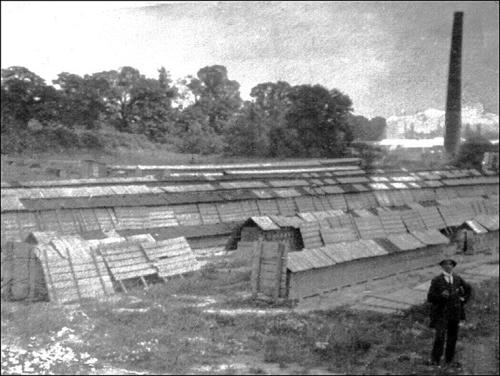
The old Brickworks
A fascinating description of hearthstone mining (probably Brockham) in the 1890's is worth quoting in full:
'The quarry entrance is just a small hole in the hillside...this impressive entrance, however, rather astonishingly branches out, when once you enter, in all directions, for the workings in the course of years become very extensive. They are by no means lofty and indeed, a tall man can scarce stand upright in them. It is cold and damp and dark within and work is carried out by means of oil lanterns and candles. Horses are employed in pulling out the trolley loads of stone and are provided with great soft pads fixed to their heads in case they throw them up into violent contact with the roof, which is liberally propped with timbers.'
Although output in this account was given at 200 tons per week, the true figure was probably less than half this amount. Brockham Brickworks was probably established about 1860, a map of 1867 showing 'Crabtree Brickfield' a very small site. It was owned at this period by Batchelor and Fenton, while the limeworks was owned by Elsdon, Swain & Day. A private railway siding off the South Eastern Railway served both works. In 1875 the Brockham Brick Co Ltd was formed to take over the brickworks and, possibly at the same time the lime works.
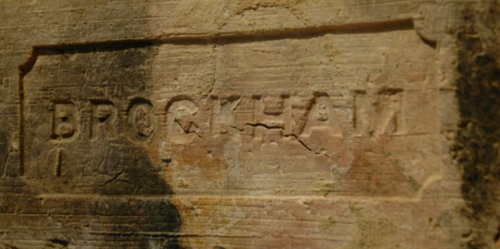
In about 1910 the Brockham Brick Co Ltd went into liquidation, due to the expiry of their lease, and the brickworks plant was offered for sale on 19th October 1910. It was soon removed and by 1913 the site had been cleared, so little remains today. The chalk quarry, lime works and hearthstone mines were acquired by a new company, The Brockham Lime and Hearthstone Co Ltd which still owned the site until the majority was sold to Surrey County Council in 1977. It was with the co-operation of this Company that the Museum was founded.
The 'Old Dorking' lime works, as Brockham was commonly known, obtained its chalk from two quarrying areas in the face of the North Downs. Chalk was dug by hand and loaded into narrow gague railway wagons for haulage to the kilns. Two batteries of kilns (east and west) were erected, the eastern battery, now forming an attractive background to the museum. Originally there were only flare-kilns here, but about a dozen were converted to a design patented by Alfred Bishop in August 1890. Bishop became the Secretary and Manager of the Brockham Brick Co Ltd in 1878 and made a thorough review of the lime burning arrangements, taking out an earlier patent in 1882 for improvements in kiln design.
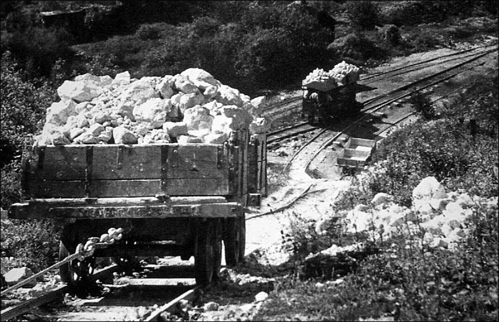
To take the lime away, and to bring in coal, the works was served by a standard gauge siding. Steeply graded, it was worked by a 16 inch by 26 inch steam haulage engine built by Filmer and Mason of Guildford in 1874. Much of the haulage in the quarries, mines and brickworks was done by horses, Four or five worked at the brickworks, with three in the lime works. Most of the horses had names, the most expensive being a bay called Bob, which was bought for £60 in 1920. At the other end of the scale was Pedlar, a gelding bought in a part exchange deal in 1898 and died of an unspecified ailment. Eight years was the maximum working life, apart from an exceptional grey bay horse called Duke, that worked for eleven years.
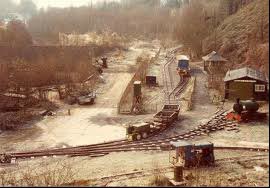 Sadly, accidents were non uncommon, Three people were killed in 1895, two by moving railway wagons and one by an accidental discharge of a shotgun used to clean out the insides of the kiln flues. More minor accidents occurred with some frequency, and it is of interest to note the age of some of the workmen. At one end of the scale, the company was prosecuted in 1896 for employing young persons under the age of 18 years at night; at the other is the case of Henry Mackrell, who burnt his left elbow in 1925 at the age of 78.
Sadly, accidents were non uncommon, Three people were killed in 1895, two by moving railway wagons and one by an accidental discharge of a shotgun used to clean out the insides of the kiln flues. More minor accidents occurred with some frequency, and it is of interest to note the age of some of the workmen. At one end of the scale, the company was prosecuted in 1896 for employing young persons under the age of 18 years at night; at the other is the case of Henry Mackrell, who burnt his left elbow in 1925 at the age of 78.
The lime works closed in July 1936, since when most of the machinery has been sold, much of it going for scrap during the second world war. The main surviving features are the kilns, which although partly demolished, will be restored as part of the museums long term plans.
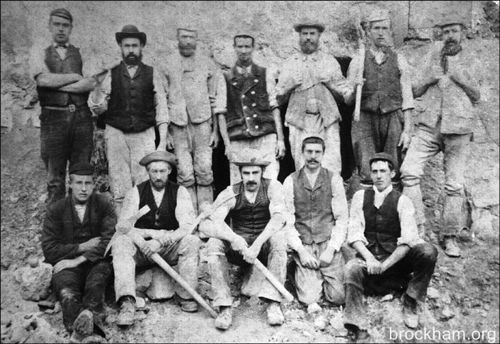
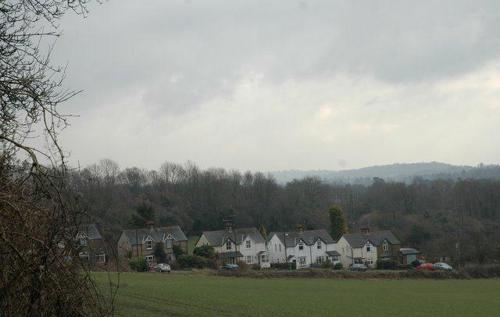
Workmens cottages in Chalk Pit Lane
The following extract is from the Archive Record of Exploring Surrey's Past (www.exploringsurreyspast.org.uk/getrecord):
The Brockham Brick Company was incorporated in or about 1872 and was operating brickworks, a hearthstone mine and limeworks in Brockham by 1910. The Brick Company had itself taken over the chalk digging, lime-burning and brick-making activities of two earlier companies. At some time the concern also had an interest in the working sand pits south of the South East railway line. Hearthstone mining ceased in 1925 and the limeworks ceased to operate in 1936, although the company continued as a property owning company collecting rents for the quarrymen's cottages (Bishops Cottages, Chalk Pit Lane). In effect it became a wholly owned subsidiary of the Dorking Greystone Limestone Company at Betchworth, whose works adjoined the site.
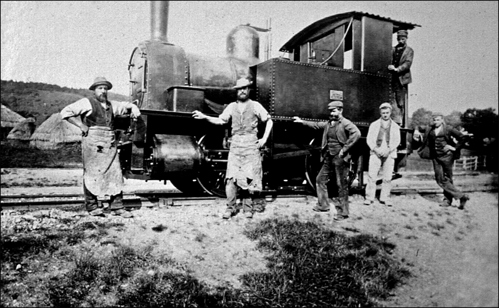
Quarry engine
The Brockham site, leased from the Deepdene Estate, comprised at its greatest extent large chalk pits, spoil banks, internal horse-operated narrow gauge railways, fine tips (spoil banks of chalk too small to be treated effectively in kilns), two batteries of lime kilns (two in a western battery, eight in an eastern battery), a coal ejector, a lime grinding mill, two wells (although there was never a hydrating plant), stables, a stationary steam winding engine operating a standard gauge rail link to the South Eastern Railway, one or more hearthstone mine shafts (one of which is currently (2004) open) two or three hearstone brick kilns, and workers cottages.
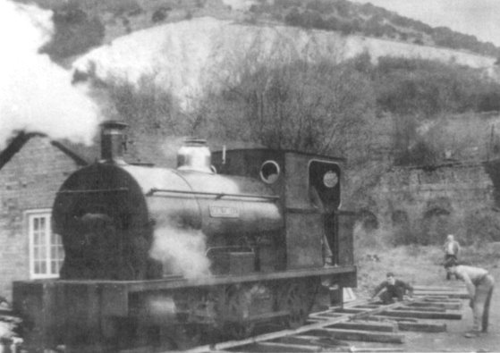
During World War II the chalk pits were used for military exercises. From 1962 members of the Narrow Gauge Railway Society established a working museum of industrial narrow-gauge railways, locomotives, and rolling-stock at the limeworks site. The Brockham Museum Association and the Brockham Museum Trust were formed to take over the project. The Museum was re-located to the then Amberley Chalk Pits Museum at Houghton Bridge, Amberley, West Sussex between 1981 - 1983. During 1977 the chalk puts and limeworks and hearthstone mine shaft areas were purchased by Surrey County Council and the site is now managed as a nature reserve by the Surrey Wildlife Trust, which has undertaken consolidation works on the Eastern battery kilns and installed locked steel gates to improve the structures as bat hibernation sites. The Friends of Brockham Limeworks group was formed in about 1996 but was wound up in 1998. The brickfield and brickworks site and part of the land affected by hearthstone mining is now in private ownership.
The ten kilns and the hearthstone mine shaft have, since 24 February 2004 been scheduled as an Ancient Monument (number 22780). All the kilns had originally been built as paired industrial-scale flare kilns. Six were subsequently modified and rebuilt as Brockham Kilns, patented in 1889 by the then Brick Company's Manager and secretary, Alfred Bishop.
Read more about the limeworks:
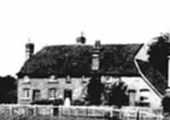
Lime Burning


